
The filter that makes diesel exhausts clean is essential, but can easily go wrong if you don’t know how it works.
If you are driving a diesel car in 2021, the chances are that it has a diesel particulate filter. You might not know what this is, how it works, or even when it is doing its job though. Diesel particulate filters have been fitted to diesel-fuel cars for almost two decades now and knowing how they are maintained can help keep your engine running cleanly and smoothly.
Here are all the particulars of what a particulate filter is and how to maintain and clean it.
What is the particulate filter in a car?
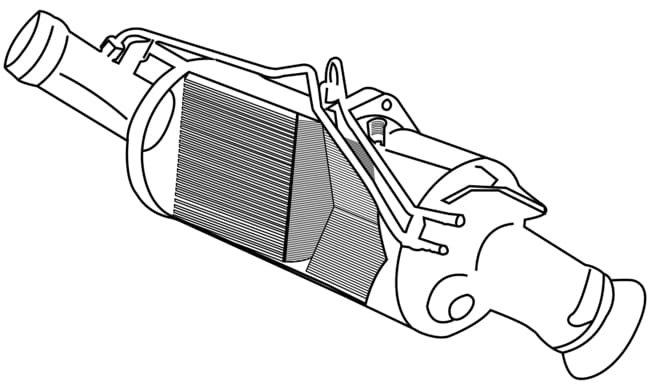
A diesel particulate filter (DPF) is a filter fitted to cars and it is made to capture and store exhaust soot. The soot is a naturally occurring part of the combustion process, but larger pieces can be dangerous for an engine, so the filter removes this risk. While in the past only diesel cars were fitted with particulate filters, some petrol car manufacturers have also begun to install them on their vehicles. You can always tell a car that doesn’t have a DPF from the tell-tale clouds of black smoke coming from the exhausts, particularly when accelerating, that diesel vehicles used to be infamous for.
Filters only have a limited capacity, however, and this means that they will periodically need to remove the soot, which is known as DPF ‘regeneration’.
If you haven’t heard of them, you might be wondering ‘when were diesel particulate filters introduced’? Particulate filters have been around for a while, since Euro 5 exhaust emissions legislation introduced in 2009 to help lower car CO2 emissions they have become effectively mandatory. All post-2009 cars that comply with Euro 5 must have one a DPF fitted in them to reduce emissions.
How does the diesel particulate filter work?
Soot is one of the byproducts of the combustion process. It is harmful to both the environment and to people and animals, so it is the filter’s job to trap and remove diesel particulate matter from exhaust gases before they can be released into the atmosphere.
When you are driving, the exhaust products pass through the walls of a series of channels that are sealed off at different ends. Here the soot particulates are captured. The filter also eliminates the soot and it does this by exposing it to high temperatures. This burns the soot and leaves only a very fine ash residue. However, too much ash can accumulate in your filter and it can eventually cause blockages, which is why there is a regeneration process to clear the filter. Now it is the turn of the blockages to be subjected to very high temperatures and then the harmless products that are produced can be released with the exhaust gases. No damage is done to the environment or your car!
But this is all about diesel, so do petrol engines have particulate filters too? In the past it was only diesel cars that had particulate filters, but gasoline particulate filters (GPF) have also been developed for petrol cars. A petrol particulate filter works in much the same way, though there is no soot: the products of combustion are still superheated, which removes the harmful substances, and leaves carbon dioxide. Concurrently, the unwanted nitrogen oxides and hydrocarbons are changed into carbon dioxide, water and nitrogen, making the waste products much less harmful. Once the filter has done its job, the exhaust gases pass through a three-way catalytic converter which ensures that the exhaust is meeting the latest level of the EU’s emission standards and the number of harmful pollutants leaving the exhaust is reduced. So both diesel and petrol particulate filters work in roughly the same way and ensure that any harmful products from the combustion process don’t make their way into the environment.
What is diesel particulate filter regeneration?
The regeneration process of the particulate filter is vital for ensuring that it keeps running smoothly – it is basically particulate filter cleaning. Making sure that it is able to fully regenerate itself when it is full of soot is also the best way to maintain a DPF. When it is full you will see a dashboard warning like. There are two types of regeneration: passive and active.
Passive regeneration takes place when the car is running at speed on long journeys, for example on the motorway. It happens here because the engine is running at higher revs. These longer, high speed journeys allow the exhaust temperature to increase to a higher level and cleanly burn off the excess soot in the filter. To make sure that this happens, it is often advised that drivers regularly give their diesel vehicle a good 30-50 minute run at sustained speed on a motorway or A-road to help clear the filter.
This problem is, however, that not all drivers do this type of driving regularly. To solve this, manufacturers have equipped cars with an alternative form of regeneration, which is active regeneration.
Active regeneration involves extra fuel being injected automatically, via commands from the vehicle’s ECU, when a filter reaches a predetermined limit (normally about 45-50% of its total capacity). This added fuel raises the temperature of the exhaust and burns off the stored soot, just like it would have done on a long motorway journey. The journey has to be long enough to complete the process, however, and you could run into difficulty if the journey is too short, as the regeneration process may not complete fully. If this is the case the warning light will continue to show the filter is still partially blocked. Driving for 10 minutes or so at speeds greater than 40mph should be enough to complete a regeneration cycle and clear the warning light.
There are certain signs that let you know whether active regeneration is taking place.
They are:What if both types of regeneration are not working?
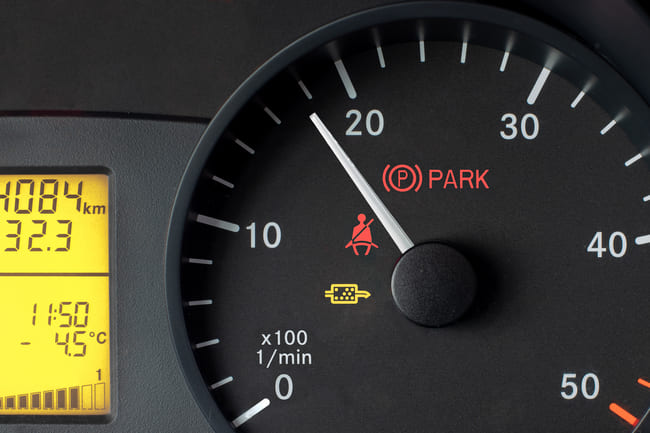
If your warning light will not go away, turns red, or additional DPF lights come on, don’t simply leave it. As well as releasing lots of dangerous gases into the air, it will also risk damaging your engine. It can be very expensive to fix.
Some garages offered a forced regeneration service, which is essentially cleaning blocked DPFs. This usually costs around £100 and, while it’s not a 100% guaranteed fix, it’s usually successful in removing the excess soot and allowing the DPF to work and automatically regenerate again, which might stop further problems down the line-
It’s a failure to correctly regenerate that is the cause of most diesel particulate filter issues: they become blocked, which increases exhaust emissions, stifles engine performance and sometimes even puts the car into a restricted ‘limp-home mode’.
Modern diesel car owners thus need to be conscious of the importance of maintaining their diesel particulate filter through driving habits and practices.
What causes a diesel particulate filter blockage?
Particulate filter faults are often caused through certain driving styles. Short journeys at low speeds are the prime cause of blocked diesel particulate filters. This is why car makers often go as far as recommending that drivers who only want to travel short distances in urban areas choose a petrol car instead of a diesel and why so few ‘city cars’ are diesels.
Poor servicing can also lead to particulate filter problems. A diesel particulate filter on a poorly serviced car may fail sooner than a well maintained one. How long do particulate filters last is a tricky question, but they should last for at least 100,000 miles. This could be halved if it is not maintained properly during a service. This also includes using the right type of oil. Some oils contain additives that can actually block filters, so check which oil you are using and which oil is used when you get your car serviced.
Is a particulate filter a legal requirement?
Yes, you have to have one if your car was produced post-2009. Owners face fines if caught (up to £1,000 for cars and £2,500 for vans) and removing a DPF can also invalidate your car insurance.
Do I need a diesel particulate filter to pass the MOT?
A diesel particulate filter check has been part of the MOT test as of February 2014. If a filter has been removed, the car will fail its MOT. Removing the DPF will sometimes cause the warning light to glow – and this itself is an MOT failure point: no dashboard warning lights should remain on during the test.
My particulate filter has broken – how much will a new one cost?
Diesel particulate filters are very expensive. A new one direct from the manufacturer can cost £1,000 and £3,500, potentially wiping out the cost savings associated with driving a diesel.
As cars get older, the cost of the replacement DPF could be more than the value of the car – and it is older, higher mileage cars that are most likely to require a new DPF.
There are aftermarket DPFs available, but you must make sure that they have the correct Type Approval and match the manufacturer’s specifications, or they may not work correctly and end up costing you more in repairs.


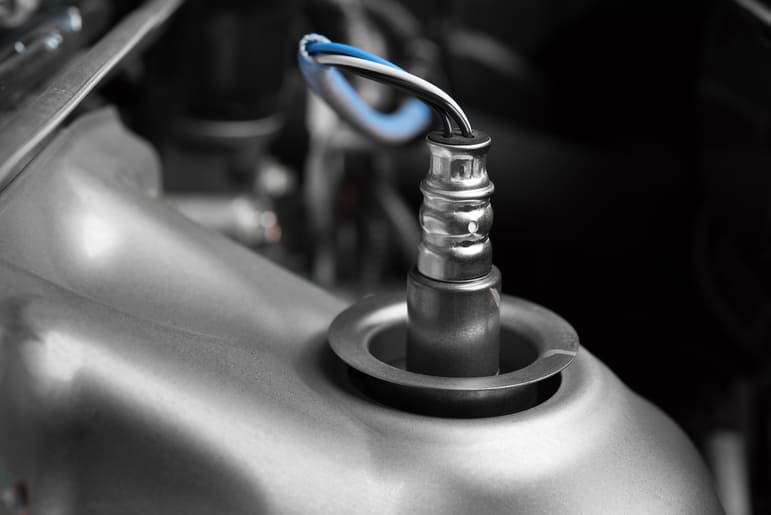
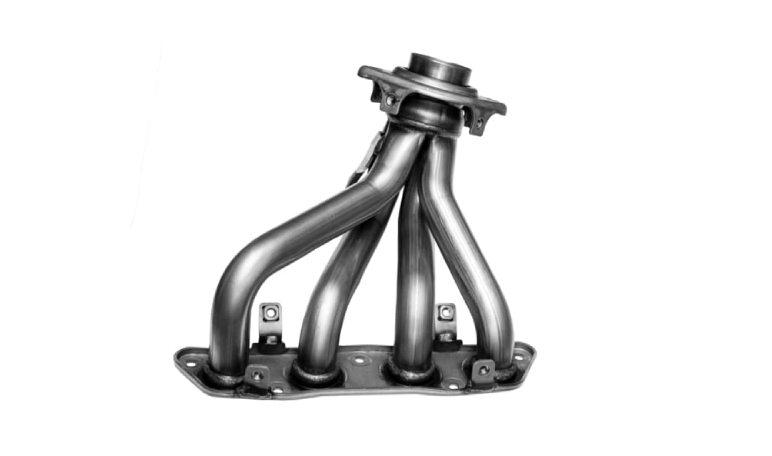
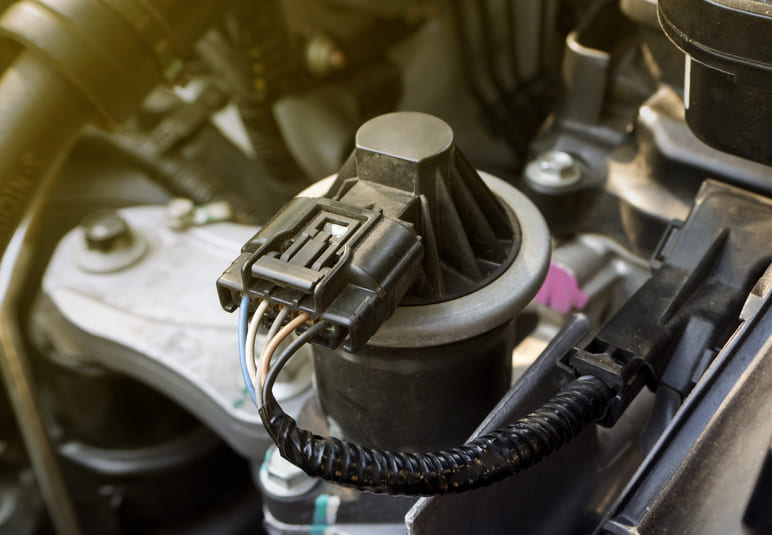
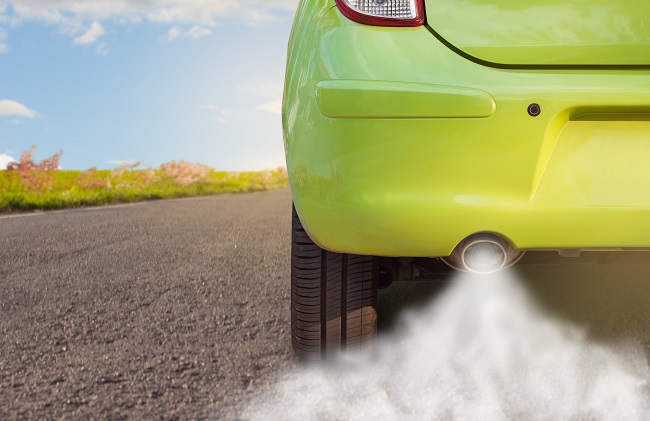


Comment